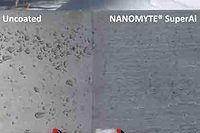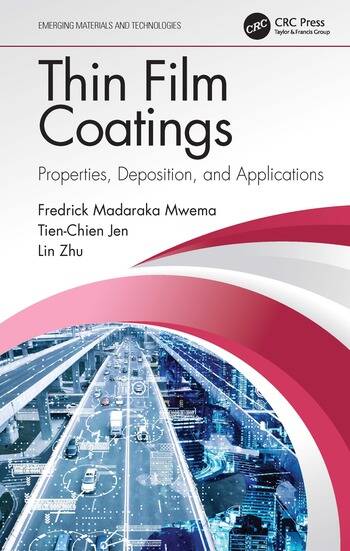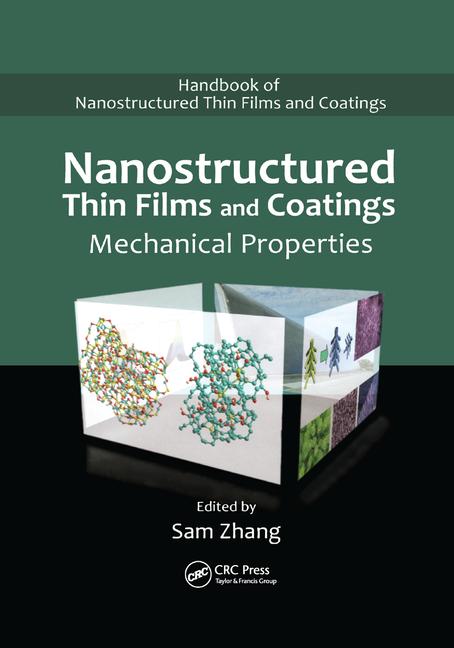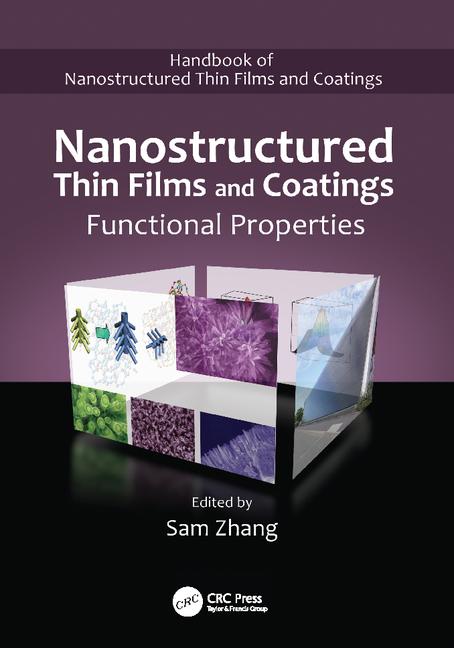Researchers Develop Hybrid Superamphiphobic Coating with Anti-Corrosion and Anti-Icing Properties

Image courtesy of the Institute of Oceanology.
In recent coverage by the Institute of Oceanology, Chinese Academy of Sciences (IOCAS), researchers have unveiled a breakthrough in material science: an organic-inorganic hybrid superamphiphobic coating that integrates exceptional anti-corrosion, self-cleaning and anti-icing properties. The study, led by Prof. Zhang Binbin, was published in the Journal of Materials Science & Technology on December 14, 2023.
The innovative coating combines superhydrophobic and superoleophobic characteristics, demonstrating unparalleled liquid repellency across various surfaces. Tested on Q235 carbon steel, it achieved high contact angles exceeding 151° and sliding angles under 7°, effectively repelling liquids like water, glycerol and even peanut oil. Electrochemical tests revealed a substantial improvement in corrosion resistance, with charge transfer resistance and low-frequency modulus increasing by 7–8 orders of magnitude. The coating endured 480 hours of neutral salt spray and 2400 hours of outdoor atmospheric exposure, showcasing long-term durability and practical applicability.
Key Features of the Hybrid Coating:
- Corrosion resistance: With electrochemical results indicating a positive corrosion potential shift of 590 mV and a four-order reduction in corrosion current density, the coating offers a robust solution for protecting metallic substrates.
- Anti-Icing performance: At freezing temperatures (–10 °C and –15 °C), the coating significantly delayed water droplet freezing and reduced ice adhesion strength.
- Multifunctionality: Beyond corrosion protection and anti-icing, the coating provides self-cleaning capabilities and ensures lossless liquid transport.
The coating’s advanced performance is attributed to the uniform dispersion of functionalized aluminum oxide (Al₂O₃) nanoparticles within a waterborne epoxy resin matrix. This novel formulation provides an effective and scalable solution for industries requiring long-term material protection in harsh marine and industrial environments.
Prof. Zhang highlighted the potential of this development: “We firmly believe that the continuous improvement of functional integration and long-term stability will remain the focus of this field.”
Future Applications
This hybrid superamphiphobic coating has broad implications for industries such as marine engineering, aviation and industrial equipment manufacturing, offering solutions to prolong material lifespan and reduce maintenance costs.
The study was supported by the Shandong Provincial Natural Science Foundation and the Youth Innovation Promotion Association of the Chinese Academy of Sciences.
Access the Institute of Oceanology coverage and the original study abstract for more details.
*Image courtesy of the Instiute of Oceanology.
Looking for a reprint of this article?
From high-res PDFs to custom plaques, order your copy today!









